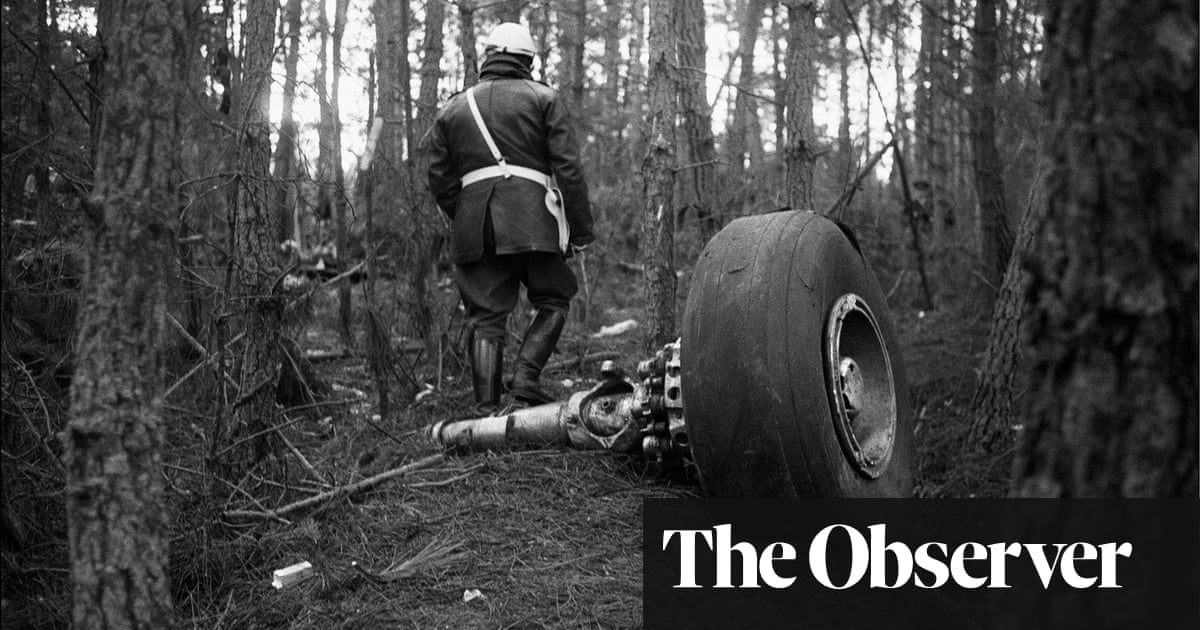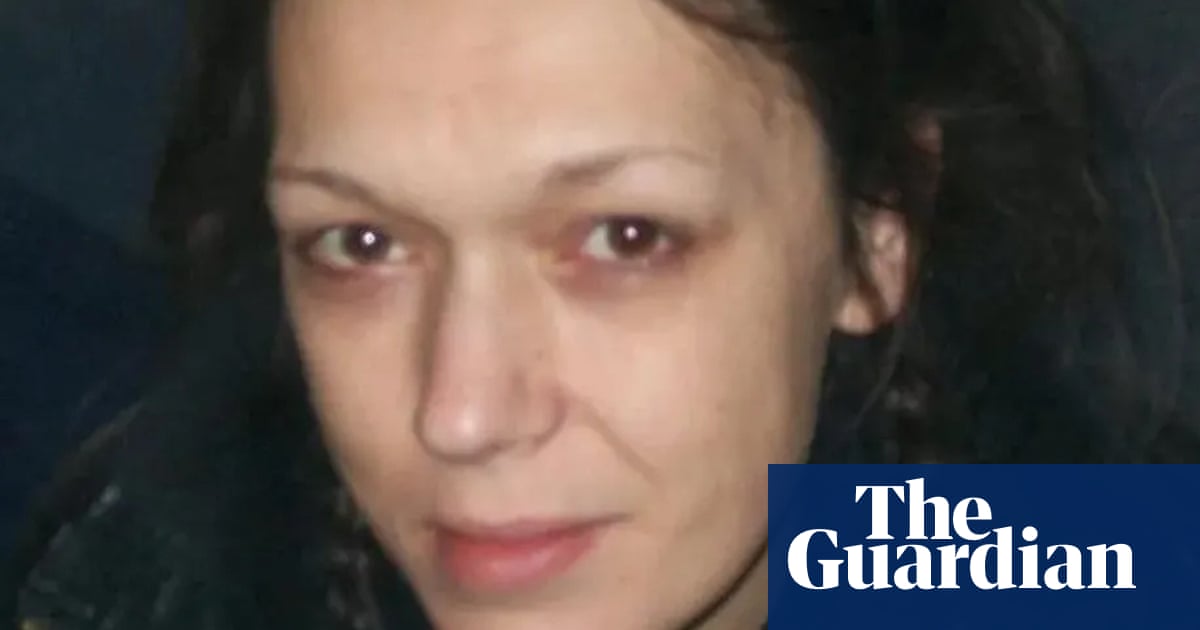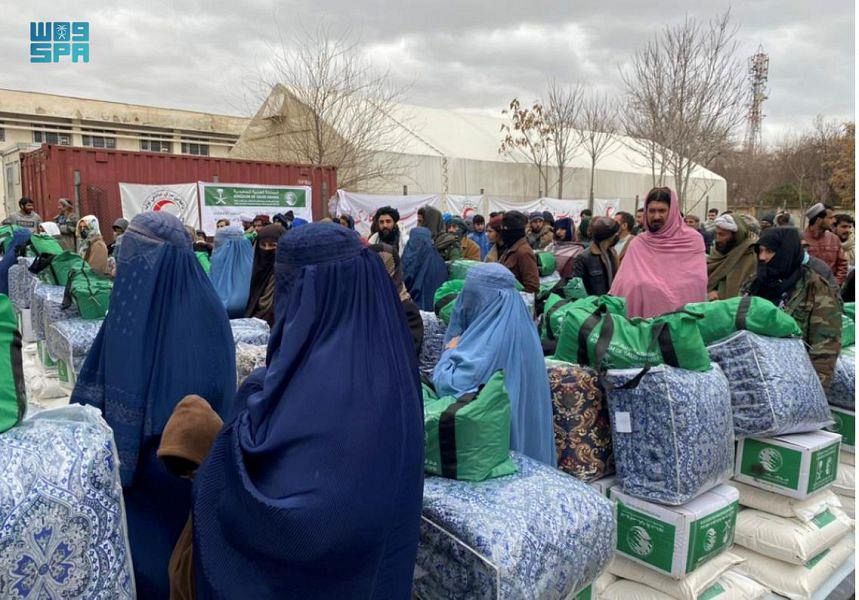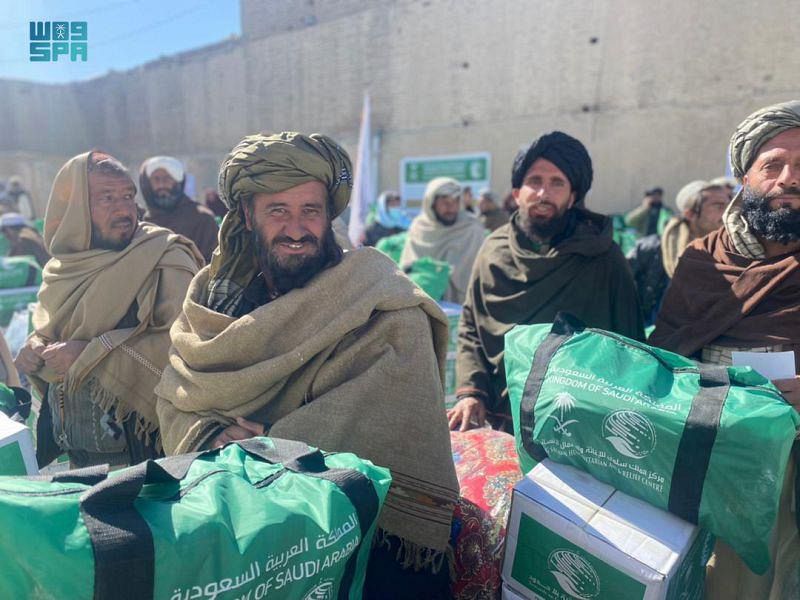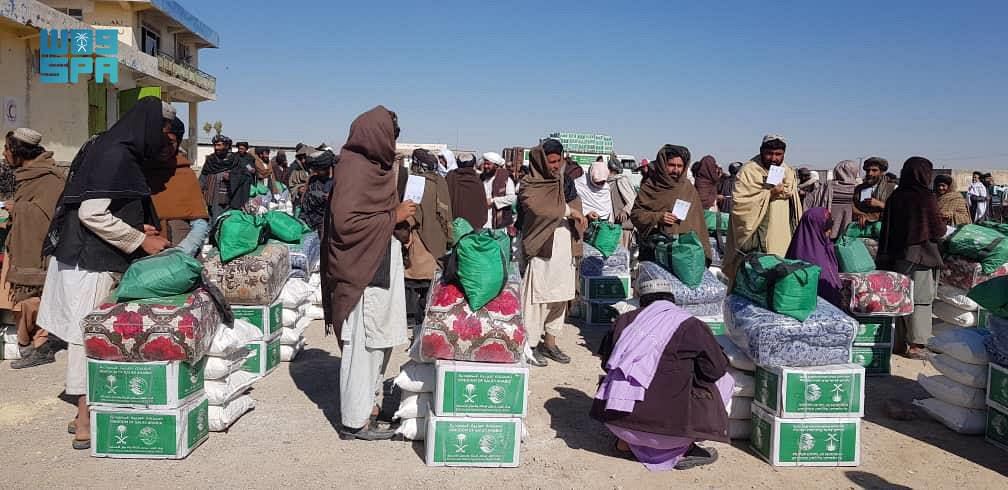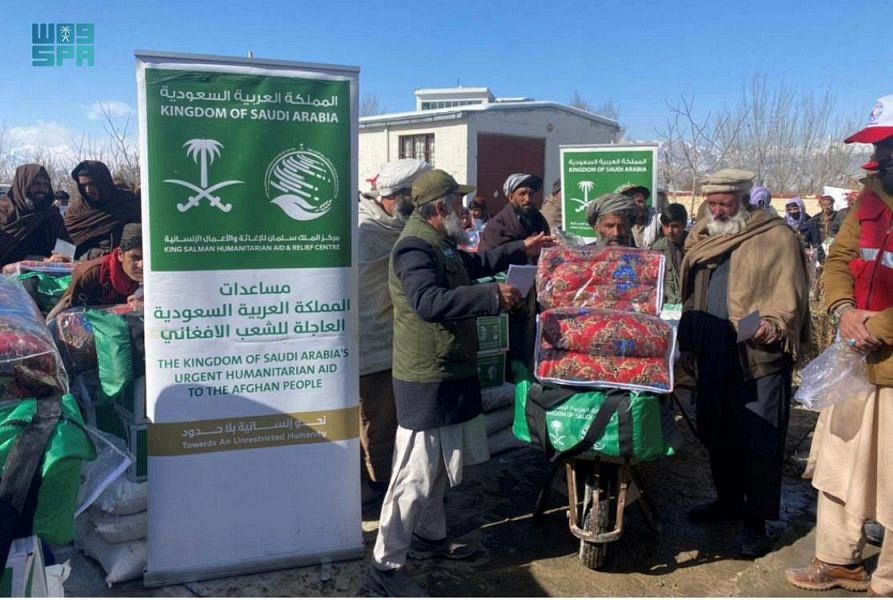
In western Kenya, the news of three bodies being found dumped in the Yala River was met with dismay, but not shock. It was not the first time human remains had been retrieved from the water. The three people found in September brought the total number of bodies pulled from the Yala this year to 36. It has earned the 136-mile waterway, which rises in the Rift valley and flows into Lake Victoria, the nickname “the river of death”.
The recently elected president, William Ruto, has promised action on Kenya’s appalling record of extrajudicial killings by state forces but it is families and activists who are fighting back. Boniface Mwangi travelled to the town of Yala earlier this year with fellow Kenyan human rights activists from Haki Africa after hearing about the number of bodies accumulating.
Hussein Khalid, the executive director of Haki Africa, said at that time he saw 21 bodies in the mortuary at Yala hospital. Some had their arms tied behind their backs, polythene bags on their heads, and showed signs of torture. Others had been in weighted sacks and “neatly packed and sealed like a parcel”.
“At least 10 were [found] in sacks floating. The community thought that someone had dumped garbage in the river but, after a while, they began to attract flies, and community members realised something was wrong,” says Khalid.
While the group were there, two other bodies were found in the river.
It was unclear who the dead were or who was disposing of them, but in Kenya, where extrajudicial killings are a longstanding issue, the immediate suspicion fell on state security agencies. Police insisted the bodies had accumulated over two years rather than a matter of months.
“The manner, efficiency and frequency of the cases points to a sophisticated state security agency because this is an operation that cannot be carried out by civilians and go unnoticed,” says Khalid.
The Independent Policing Oversight Authority (IPOA) oversaw the postmortems, and confirmed the number of Yala bodies, and said preliminary investigations suggested the victims were killed by the same perpetrators.
In April, the Missing Voices report, which tracks cases of police violence in Kenya, documented 219 cases of police killings and enforced disappearances in 2021. The report, compiled by a coalition of Kenyan organisations, showed the most vulnerable group were men aged 15-30 living in Nairobi’s informal settlements. Often they are suspected of petty crimes or being in criminal gangs.
After Haki Africa publicised the issue on social media, more than 50 families of people who had gone missing in Nairobi travelled to the town, about 240 miles from the Kenyan capital, in the hope of finding their loved ones.
The family of Philemon Chepkwony was among the first to visit Yala’s mortuary. Chepkwony and four others were travelling from Nairobi to a nearby town when they disappeared last December, says his younger brother Meshack. His family had searched in vain for him in hospitals, forests and morgues in Nairobi.
His body, which showed signs of torture, had been in the river for some time and was not easy to identify, but Meshack Chepkwony says they recognised his wedding ring and a bracelet in Kenyan flag colours. The identification was later confirmed by a DNA test. One of the others with Philemon when he disappeared was also identified. The other two are still missing.
“After the DNA test we were allowed to bury him, but we are devastated because we are in the dark. Who killed him? How did he end up in the Yala River miles away from Nairobi?” says Meshack. The family has failed to find answers from police in Yala or the Directorate of Criminal Investigations, the Nairobi department that investigates serious crimes.
According to the IPOA, 19 further bodies have now been identified through DNA analysis and collected by relatives. The Kenya National Commission on Human Rights said in total 14 unidentified bodies have now been buried by the mortuary at unspecified dates. Khalid believes that number could be higher.
Other rivers have also been used as dumping grounds. In September 2021, police in North Tana retrieved 14 bodies from the Tana River over a four-month period. The victims lacked identity documents, and there had been no reports of anyone missing in the area. “These bodies were killed in a systematic way, and they were tied with a certain weight so that they are not easily discovered,” Ali Ndiema, the Tana North police commander, said at the time.
The Kenyan police authorities have always denied allegations of extrajudicial killings and blamed the deaths on rogue officers. “We are more than 120,000, but you may find one, two, or three making mistakes. These mistakes don’t arise from poor training but from several issues, and one is the inherent behaviour and characteristics of an individual. If someone is born a bully even if you train them and make them a police officer, the character does not change,” said Charles Owino, former police spokesperson, in 2020.
In October, President Ruto confirmed that the police were involved when he disbanded the Special Services Unit, an elite police unit at the Directorate of Criminal Investigations, and ordered an investigation into its activities. Ruto’s decision followed that month’s discovery of remains believed to be those of two kidnapped Indian nationals and their taxi driver found in the Aberdare forest. At least nine officers from the disbanded police unit were arrested in relation to the disappearance of the three people.
Speaking at a prayer service in Kericho County, the president said the police unit was behind several extrajudicial killings and enforced disappearances.
“We have a plan on how to secure this country so that we avoid the shame of Kenyans killed through extrajudicial killings and put in Yala River and other rivers,” said Ruto.
Demas Kiprono, the campaign manager at Amnesty International Kenya, welcomed the president’s move but called for an investigation into the Yala River bodies and for officers culpable to be charged. “We would also like the president to set up a commission of inquiry so that we can understand why these extrajudicial killings and enforced disappearances happen, to avoid a recurrence in future.”
In Nairobi, people say that brutality meted out to young people in low-income areas is a criminalisation of poverty. Wanjiru Wanjira, the co-founder of Mathare Social Justice Centre (MSJC), a community organisation in one of Nairobi’s biggest slums, says police brutality is normalised. “Young men were being killed arbitrarily and no one was reporting because the victims and the community felt disempowered and that the police were above the law,” she says.
MSJC was formed by young activists to document cases of police brutality in Mathare settlement and in 2017 released the first comprehensive report on police brutality in Kenya, titled Who is Next?.
After the report MSJC brought together victims’ families and formed the Mothers of Victims & Survivors Network to raise awareness and document cases of police brutality. It has organised several protests in Nairobi and taken a petition to Kenya’s parliament.
Lucy Wambui, a founding member of the network, says speaking out against police violence has been a source of strength to members, turning them from victims to defenders. Her husband was killed at the age 25 by a police officer in 2017 when she was eight months pregnant. “The network has been impactful to me because I get to interact with people who have gone through the same predicament and we are our own support system.”
The 70 members hold vigils for victims of extrajudicial killings. “We are also building a memorial park by planting a tree each time someone is killed by state security agents. Each tree signifies that a life was ended and another one started,” says Wambui. She says they face threats and intimidation from police officers.
The network also attends court with the victims’ families. “We are currently giving court solidarity to Halima Malicha, whose son was killed by police, and we will stand with her until the case is determined,” says Wambui. Malicha’s 17-year-old son, Nura, was shot dead on 21 February 2015. The case is ongoing, seven years on – an indication of the slowness of Kenya’s justice system.
“You find a mother following a case of their son for years and the despair from their quest for justice makes them disengage. Some have even passed away before their cases are finalised,” says Wambui.
Together with Amnesty International Kenya and the International Justice Mission Kenya, the group has taken 22 cases to court to date.
Amnesty’s Kiprono blames court delays on a backlog. “This is a problem that needs to be addressed by finding a way to fast-track cases involving certain crimes and involving police officers.”
Wambui says the activists have been instrumental in reducing police violence in her area where gunshots were once heard daily. “Today, the killer cops know that if they kill or enforce any disappearance, we will make a lot of noise and they will be answerable,” she says. “A victim’s voice is a very big weapon against the perpetrator.”




